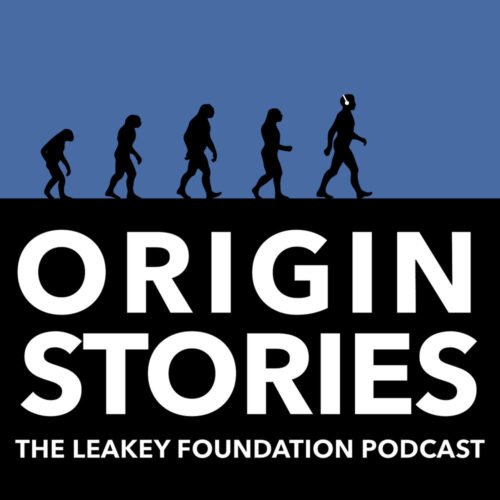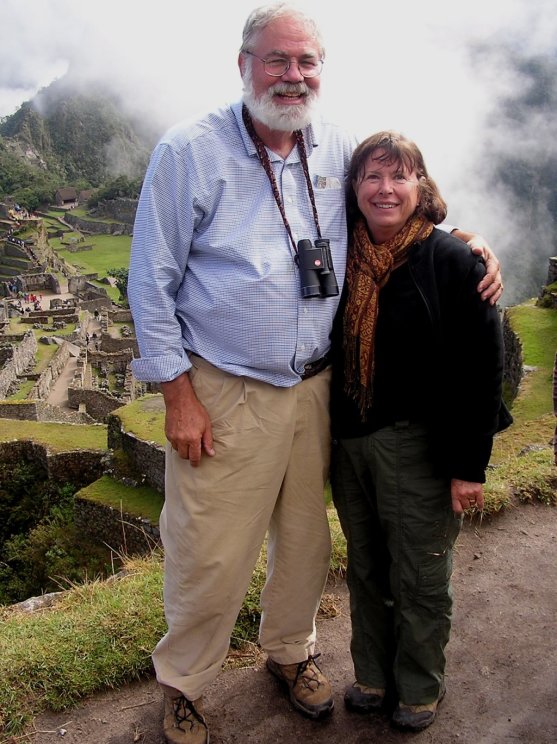Grants | The Leakey Foundation
The Francis H. Brown African Scholarship was established in 2018 to honor the life and work of the eminent geologist Dr. Francis H. Brown. This award supports human origins research in earth sciences and botany by providing grants to East African researchers and students.
Friyat Angesom Kidane and Tekie Tesfamichael have been named as the fall 2022 Francis H. Brown African Scholars for their outstanding research exploring ancient biodiversity and the impact of climate change on human evolution. This prestigious award recognizes their contributions to the field and their potential for future success.

Friyat Angesom Kidane
Friyat Angesom Kidane is a PhD student from Ethiopia who is studying at Toulouse Jean Jaurès University in France. Her research focuses on human interactions with the woodland environment and its human exploitation for fuelwood during the Late Stone Age and Neolithic Period in the Ethiopian Rift Valley. This region witnessed crucial climatic and socio-economic changes during the late Pleistocene and Holocene periods. However, the impacts on woody vegetation and practices related to the exploitation of forests are still not well documented due to the lack of archaeobotanical studies dedicated to the Horn of Africa. To obtain a clearer picture of past forest biodiversity on a local scale, its evolution, and its use by human societies, Ms. Kidane will study seeds and charcoals from archaeological sites in the Ethiopian Rift Valley. She will establish a modern seed and charcoal repository and analyze seeds and charcoals from seven archaeological sites located in savannah and semi-desert zones.

Tekie Tesfamichael
This is the second Frank Brown African Scholarship Fund grant for Dr. Tekie Tesfamichael. Dr. Tesfamichael is a geologist at Addis Ababa University in Ethiopia. His first project was entitled “Taxonomic Classification and Phylogenetic Analysis of Early Miocene Fossil Leaves from the Mush Valley of Ethiopia.” In this continuing project, he seeks to determine early and late Miocene climate and establish the relationship between climate change and hominin evolution by quantifying atmospheric carbon dioxide of the Miocene from fossil leaves and carbon isotopes collected from the Mush Valley stratigraphic layers and the Afar-window fossil site which is dated as late Miocene. The analyses of the previous data from the Mush valley stratigraphic layers and the Afar-window fossil site contribute to, refine, and reinforce existing knowledge on climate conditions and human evolution.


